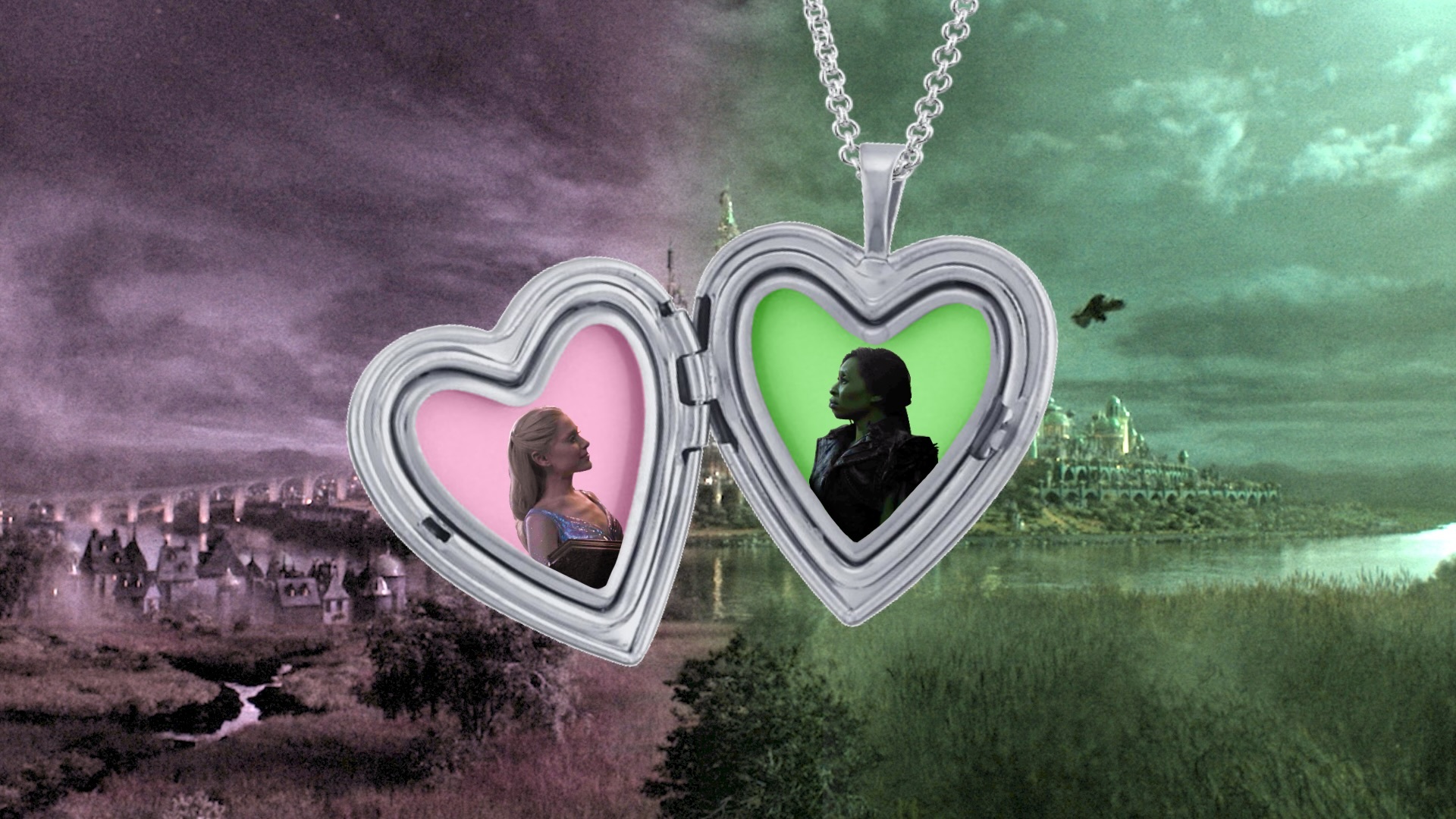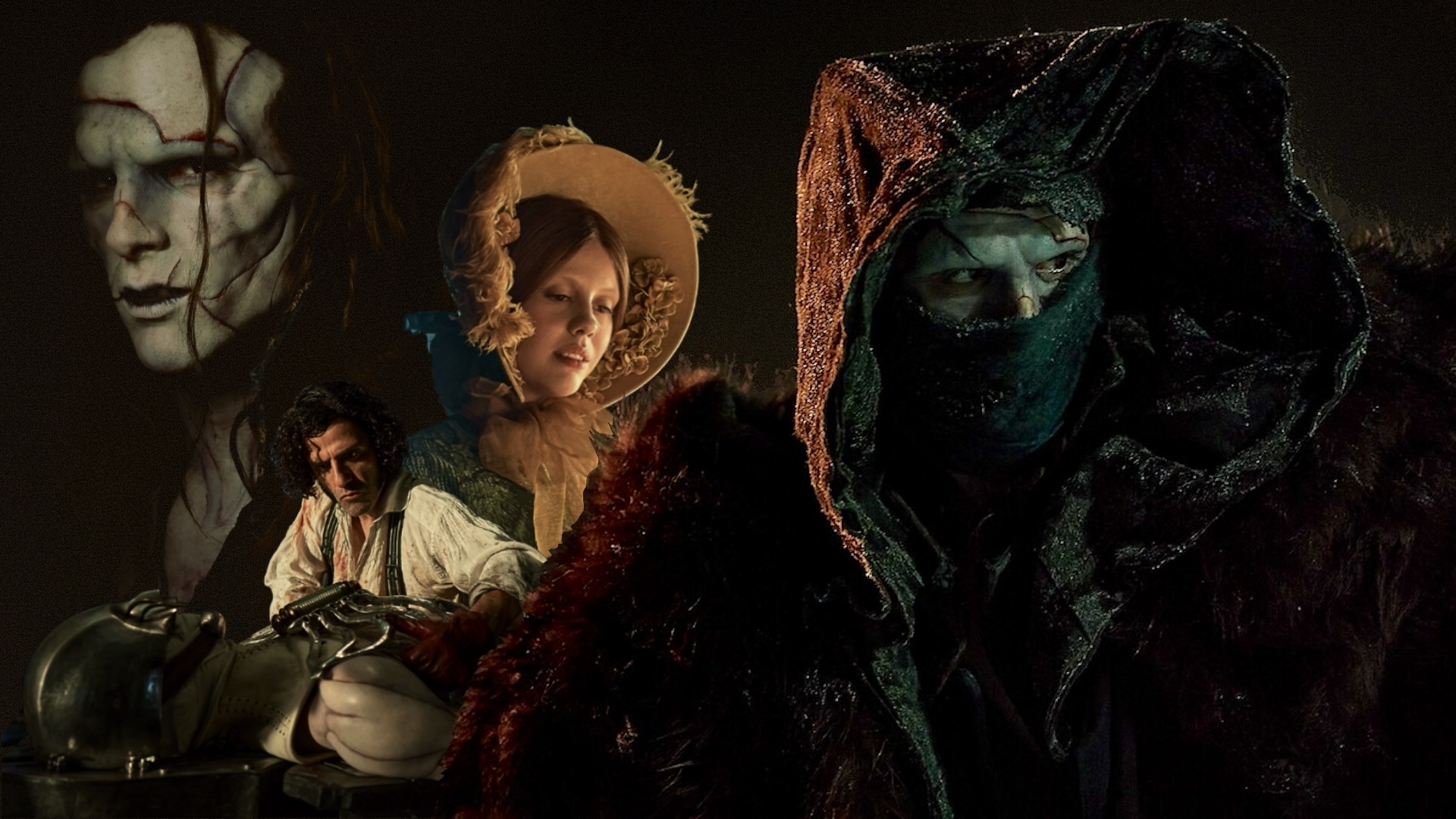This is a review of a film that will be screened at ReFrame Film Festival between January 27th and February 4th, 2022.
Daughter of a Lost Bird, a documentary released in 2020 and one of many films being shown at the Reframe Film Festival is a story that hits home. The documentary follows actor, theatre artist, teaching artist, director, and producer Kendra Mylnechuk as she makes the journey to reconnect with her Lummi family and culture. For Kendra this is a very tough process, as she was adopted by a white family that swept her Indigeneity under the carpet. Throughout the documentary, Kendra undergoes many changes, as she reconnects with her birth mother, her nation, and identity.
As a Mi’kmaq woman who also grew up away from her community, there’s something about this documentary that resonates with me. It can be difficult not knowing part of your identity due to extenuating circumstances that affected your family, to your parents, to your faceless ancestors that you don’t know but know exist. Kendra talks about not knowing what it means to be Native, and for me, this is a familiar feeling. This feeling also resonates with Kendra's birth mother, April, as she was given up for adoption because she was the daughter of a white woman and a native man. This gives the documentary its namesake, as “Lost Bird” became a term for Native children who were taken and adopted by white families. The term became widely infamous after a young Lakota girl, Zintkala Nuni, Lost Bird, was kidnapped by a general after her family was murdered during the Wounded Knee Massacre committed by the United States against the Lakota people in 1890.
Daughter of a Lost Bird follows Kendra’s growth over the years, as well as the growth of her daughter, Sukha, who is born during the documentary. Kendra's journey to reconnect with her nation is a long one and takes years to do. The process of reconnecting can be scary, and the documentary doesn’t attempt to hide the fact that Kendra is nervous to embark on this journey, and this is a reality I can relate to. There’s something daunting about this undertaking, but seeing the warming moments of Kendra meeting distant family members, being able to meet her grandfather’s brother and his family, to be able to reconnect and visit her traditional territory…I would be lying if I said I didn’t cry knowing that someday I’ll be able to walk the same healing journey that Kendra did to reclaim and reconnect to her Lummi culture.
Daughter of a Lost Bird is without a shadow of doubt about healing. It brings tears and laughter and hope for the future. It recognizes the wounds of the past and portrays the intergenerational impacts, and how healing is already very much possible, especially for future generations, including for Kendra’s daughter, Sukha, who will grow up knowing about and being immersed in their Lummi culture and identity.


.png)


.jpg)

.jpeg)
.jpeg)



.jpg)


.jpg)

.jpg)







.png)